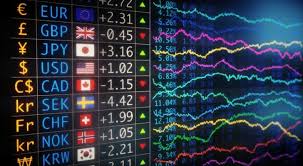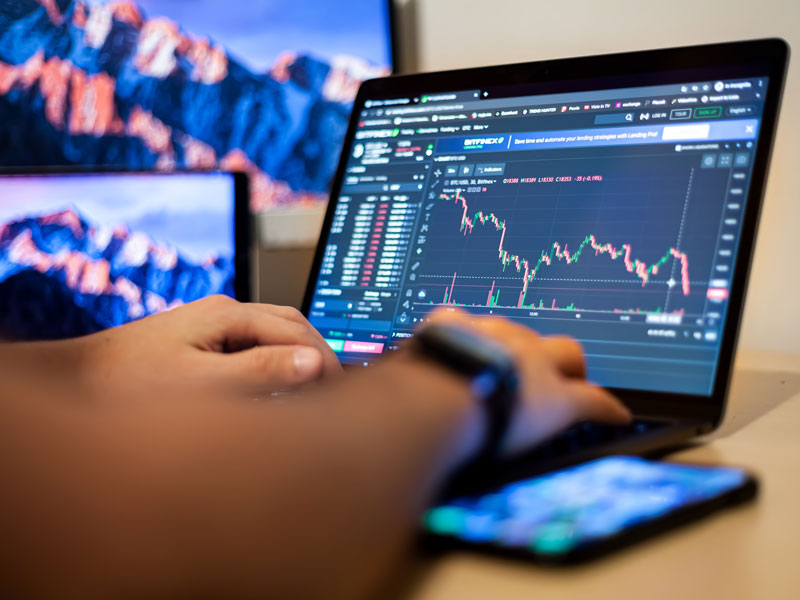
Exploring Forex Trading Options: A Comprehensive Guide
Forex trading presents a wealth of options for both new and experienced traders looking to engage in the dynamic world of currency exchange. Many brokers provide access to a multitude of trading instruments, each with unique characteristics and advantages. Whether you’re trading for hedging purposes, investment diversification, or speculative gains, understanding your options is crucial. To facilitate a better understanding, we will also look at forex trading options Trading Brokers in Qatar as a resource for suitable platforms.
Understanding Forex Trading
Forex, short for foreign exchange, is the global market for trading national currencies against one another. It is the largest and most liquid market in the world, with daily trading volumes exceeding several trillion dollars. The forex market is open 24 hours a day, five days a week, which provides a flexible trading schedule for traders across different time zones.
The Basics of Currency Pairs
In forex trading, currencies are traded in pairs, indicating how much of one currency is needed to purchase another. The first currency in the pair is the base currency, while the second is the quote currency. For example, in the EUR/USD pair, the Euro is the base currency and the US Dollar is the quote currency. The exchange rate shows how many US Dollars (the quote currency) are needed to buy one Euro (the base currency).
Types of Forex Trading Options
Traders can utilize several options within forex trading, including:
1. Spot Trading
This is the most straightforward form of forex trading. In spot trading, transactions are settled “on the spot,” meaning that the actual currency exchange occurs immediately at the current market price. This method is ideal for traders who prefer quick transactions and immediate results.
2. Forex Futures
Futures contracts are agreements to buy or sell currency pairs at a predetermined price on a specific future date. This option allows traders to hedge against potential market fluctuations. Futures trading requires a margin deposit and is typically more suited for experienced traders due to its complexity and risk factors.

3. Forex Options
Options give traders the right, but not the obligation, to buy or sell a currency pair at a predetermined price before a certain date. This flexibility offers protection against unfavorable market movements while allowing the trader to benefit from favorable shifts.
4. Exchange-Traded Funds (ETFs)
Forex ETFs are funds that track a particular currency or currency pair’s performance. They can be traded on stock exchanges like any other stock, providing a more diversified way for traders to engage in the forex market without needing to trade individual currency pairs directly.
Choosing a Forex Broker
Choosing the right forex broker is critical for success in the trading landscape. Here are some factors to consider:
1. Regulation
Ensure that the forex broker is regulated by a recognized authority. This adds a level of security and ensures that the broker adheres to strict financial standards.
2. Trading Platforms
The choice of trading platform can significantly impact your trading experience. Look for user-friendly platforms with comprehensive analysis tools, various order types, and mobile trading options.
3. Spreads and Commissions
Understanding the costs associated with trading is paramount. Brokers charge either fixed or variable spreads, and some may also have commissions. Compare these costs to find a broker that suits your trading style.

4. Customer Support
Good customer service is essential, especially for new traders. Ensure that your broker provides responsive support through various channels, such as live chat, email, and phone.
Key Strategies for Forex Trading
With numerous strategies available, choosing the right approach depends on various factors including your risk tolerance and trading style. Here are some common strategies used by forex traders:
1. Day Trading
Day traders focus on short-term price movements, entering and exiting trades within the same day. This strategy requires quick decision-making and an understanding of market trends.
2. Swing Trading
Swing trading involves holding positions for several days to take advantage of expected price swings. This strategy allows traders to balance risk and reward over a more extended period than day trading.
3. Scalping
Scalping is a rapid trading strategy that focuses on small price moves. Scalpers hold positions for a very short time, aiming to accumulate small profits that can add up over time.
4. Position Trading
Position trading is a long-term strategy grounded in fundamental analysis. Traders using this approach hold positions for weeks, months, or even years, based on macroeconomic trends.
Conclusion
Forex trading options are diverse, providing a range of avenues for traders to explore. Whether you’re interested in spot trading, futures, options, or ETFs, having a robust understanding of your choices will equip you for success in the fast-paced forex market. Coupled with the right strategies and a trustworthy broker, you can navigate the complexities of forex trading and find your niche in this expansive financial arena.


Write a comment: